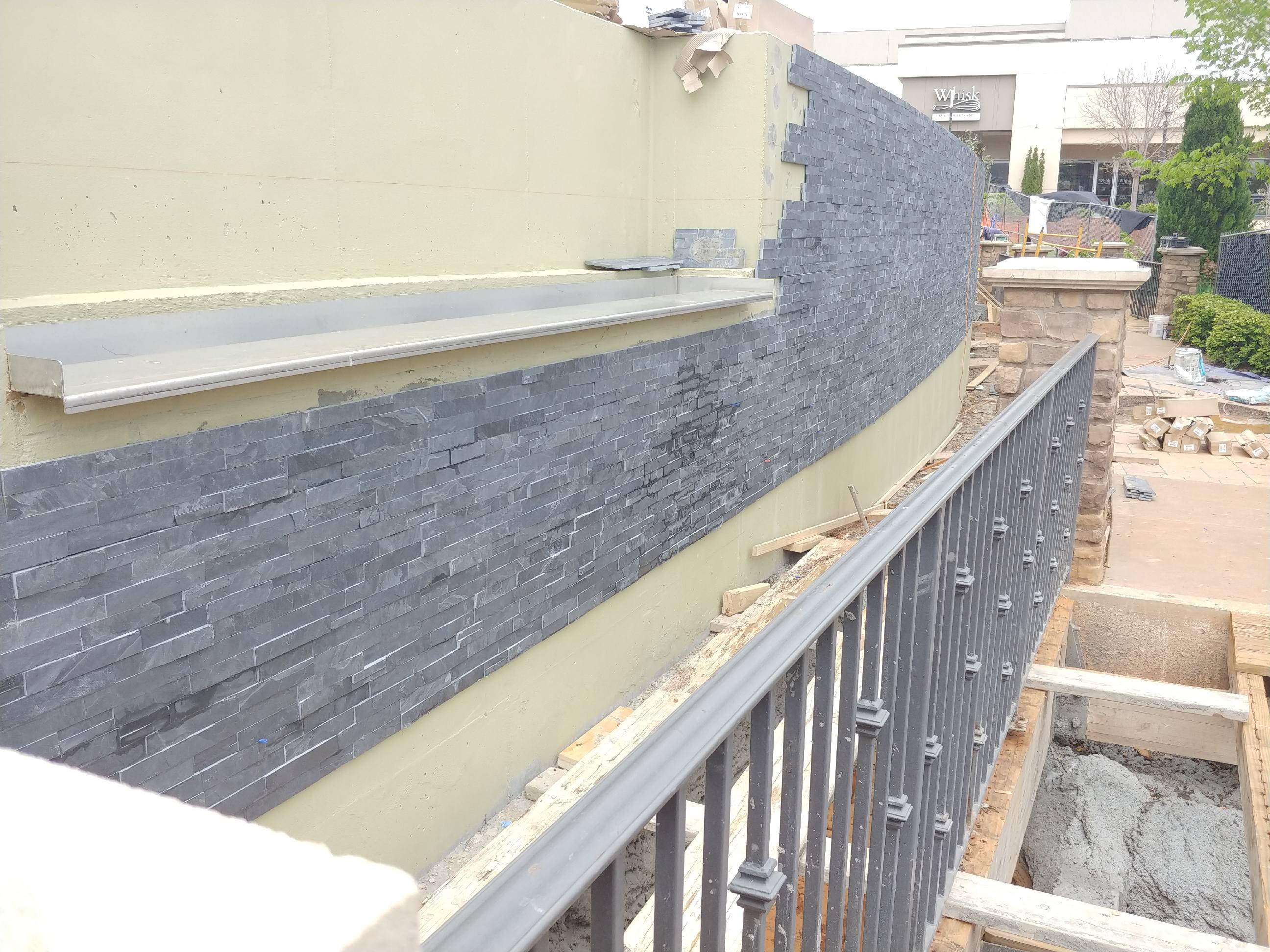The internet has become the ‘yellow pages’ of our world. We use the search bar to find local restaurants, dry cleaners, and home improvement professionals. We turn to Social Media channels for recommendations and resources, and sometimes you get good information and other times the names you get are the ones with the most friends, the most savvy search engine algorithms, or the time to make their presence known on all channels.
Other good starting points are people you know your friends and neighbors have used and been happy with as well as local professional groups.
But wherever you get the names, be sure to check them out in other ways:
- the NC Secretary of State’s website will show if they are a registered business
- trade association listings will give you an indicator of how serious they take their industry. Home Builders Associations, Chambers of Commerce, and even the Better Business Bureau can all give you a glimpse of a company that’s invested in on-going improvement and our community;
- license boards for the particular contractors will tell you if there are current complaints or actions against them. If there’s no local license requirement, then check to see what industry certifications the contractor might have;
- ask about their process – how long typical projects take, what other similar projects they’ve completed, what’s their warranty process, are their materials sourced locally, what kind of experience do their employees have;
- what standards or methods do they rely on for their work? (Hint: doing it the same way for the past 10-15 years doesn’t cut it in today’s ever-evolving construction industry)
- On their last 3 jobs, how much did the final billing amount differ from their quoted price?
Hiring a home-improvement professional is an investment in your home’s future. Make sure your research is as extensive as possible. #Professionalcraftsmanship #HireAProfessional #LocalCraftsmanship #ProfessionalTileInstallation #NeuseTile




 We know a lot about the materials and methods needed to successfully install these unforgiving materials. The artistry and precision needed to install tile well is a true craft, and the tile and stone industry is continually creating new products and uses to keep us challenged. Today we’re seeing larger and thinner tiles used to transform walls as well as thicker paver tiles set on pedestals for decking. Endless imagination and innovation ensure an interesting and growing future for our craft.
We know a lot about the materials and methods needed to successfully install these unforgiving materials. The artistry and precision needed to install tile well is a true craft, and the tile and stone industry is continually creating new products and uses to keep us challenged. Today we’re seeing larger and thinner tiles used to transform walls as well as thicker paver tiles set on pedestals for decking. Endless imagination and innovation ensure an interesting and growing future for our craft. In the same way, starting off with a good plan and quality materials can help ensure a beautiful and long-lasting tile installation. However, when initial corners are cut due to ignorance or cost-cutting, the final finishes will suffer or fail –either immediately or over time. Tile is meant to be a permanent finish, so it has to begin with the proper foundation.
In the same way, starting off with a good plan and quality materials can help ensure a beautiful and long-lasting tile installation. However, when initial corners are cut due to ignorance or cost-cutting, the final finishes will suffer or fail –either immediately or over time. Tile is meant to be a permanent finish, so it has to begin with the proper foundation.
 terial, have discussed potential ‘gotcha’ areas, and know that your selections will work together to provide the finished installation you’re seeking. When there’s a design professional or contractor involved, we sometimes have to wait on them to get back to us with answers to clarification questions. And, if it’s a project that involves architectural drawings and specifications, then we often need to get answers through Requests for Information which we send to the contractor who, in turn, sends to the Architect or Designer. Just gathering all the information we need can take time.
terial, have discussed potential ‘gotcha’ areas, and know that your selections will work together to provide the finished installation you’re seeking. When there’s a design professional or contractor involved, we sometimes have to wait on them to get back to us with answers to clarification questions. And, if it’s a project that involves architectural drawings and specifications, then we often need to get answers through Requests for Information which we send to the contractor who, in turn, sends to the Architect or Designer. Just gathering all the information we need can take time.